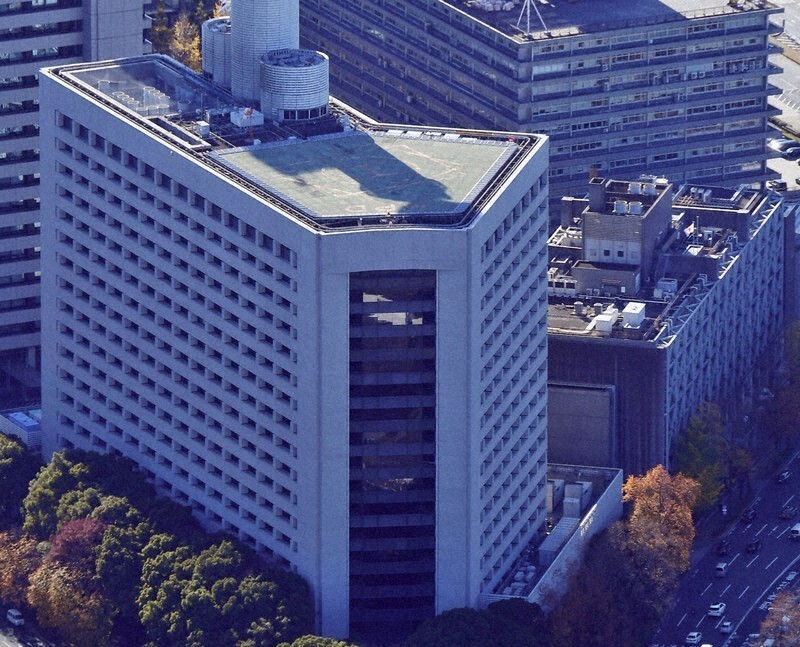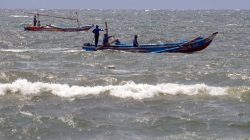TOKYO — Tokyo’s Metropolitan Police Department (MPD) is evolving into the “Japanese version of the FBI” in its approach to a rise of anonymous and loosely organized criminal groups in Japan known as “tokuryu.”
The organizational restructuring being implemented by law enforcers in the capital to strengthen measures against anonymous and fluid criminal groups is grounded in the mindset that “the police should adapt their methods to match the styles of the bad actors.” Utilizing investigative frameworks developed from incidents that shook society 30 years ago, the police are gearing up for crackdowns.
Caught in the tactics of ‘tokuryu’
The sentiment from police officials that “there are emerging threats which don’t fit into the existing framework of organized crime” encapsulates their sense of crisis.
Traditionally, organized crime groups in Japan have been mainly yakuza, whose organizational structures were well-understood by the police. However, with the advancement of communication tools like social media, organized crime has shifted significantly toward the “tokuryu” model.
“Tokuryu” groups use disposable operatives as pawns, and connections within the group are weak. It is difficult to identify higher-ranking members by arresting and pressuring those operatives alone in bottom-up-style investigations. Of the 10,105 individuals apprehended in “tokuryu” incidents in 2024, only about 10% were in commanding roles.
A senior police official stated with a pained expression, “We’ve been caught in the tactics of ‘tokuryu.’ Even if we arrest what you might call the group’s ‘branch manager,’ the business model remains, and the top leaders continue to live freely.”
Analysis at police headquarters
In response, the MPD has decided to establish the “tokuryu countermeasures headquarters,” seeking a new approach to investigations. An MPD source explained, “The tokuryu countermeasures headquarters will act as the ‘staff headquarters’ and brain. It will analyze data across the MPD.”
Information from across the country will also be gathered through the National Police Agency (NPA). A police source noted, “Even if prefectural police have a vague idea of a (tokuryu) organization’s higher-ups, they sometimes don’t report it, thinking it’s difficult to crack down on them. That mindset needs to change.”
Senior investigators aim to “draw a large map, devise a strategy and then arrest the ringleaders” to dismantle the criminal groups. This approach will help identify key individuals for well-targeted investigations, with the MPD taking the lead in these operations.
A police source revealed, “Regarding ‘tokuryu’ investigations, it’s like equipping the MPD with functions similar to the FBI.” The Federal Bureau of Investigation is a “national police” force capable of carrying out investigations across the entire United States.
Japanese police typically operate based on jurisdiction, such as where an incident occurs or where individuals involved are located. However, the NPA has clarified that, concerning “tokuryu” investigations, the MPD will be deployed even in areas outside its jurisdiction (namely Tokyo) if directed by the head of the NPA.
This approach of wide-area investigations into organized crime was institutionalized in the 1996 revision to the Police Act, based on lessons from investigations into the Aum Shinrikyo cult, which committed the Tokyo subway sarin nerve gas attack in 1995. While Aum Shinrikyo was responsible for a series of incidents, the MPD, with the most substantial investigative capacity in Japan, could not participate in the investigation until the February 1995 abduction of the chief clerk of the Meguro Notary Office in Tokyo.
Since the introduction of wide-area investigations, this method has been applied to two of three categories: overseas abductions and international terrorism or major cyber incidents. However, its application to general incidents like “tokuryu” investigations is unprecedented.
The plan is to endow the MPD with “quasi-national police” capabilities, allowing them to conduct investigations beyond jurisdictional boundaries and concentrate personnel and resources in a “top-down” investigation approach.
Seeking advantages of scale
Along with establishing the “tokuryu countermeasures headquarters,” the MPD will merge its Criminal Investigation Bureau and the Organized Crime Control Bureau.
The Organized Crime Control Bureau was established in 2003 to investigate organized crimes involving gangs, drug and firearm trafficking organizations and criminal groups consisting of foreigners. However, when investigating telecom fraud cases, police stations were consulting both the Criminal Investigation Bureau’s second investigation division and the Organized Crime Control Bureau’s anti-gang division, leading to inefficiencies.
The special investigation division to be established within the Criminal Investigation Bureau will gather personnel involved in telecom scam investigations and other resources from both the second investigation division and the anti-gang division. They will handle both telecom fraud cases and “tokuryu” investigations, leveraging the scale advantages of combining the two departments.
However, challenges remain, such as dealing with “tokuryu” groups based overseas, necessitating stronger collaboration with international investigative agencies. Enhancing capabilities to analyze smartphones is also essential.
“To eradicate ‘tokuryu,’ the MPD, with its scale, must make significant efforts,” a senior MPD official resolved.
(Japanese original by Masakatsu Yamasaki and Makoto Fukazu, Tokyo City News Department)






